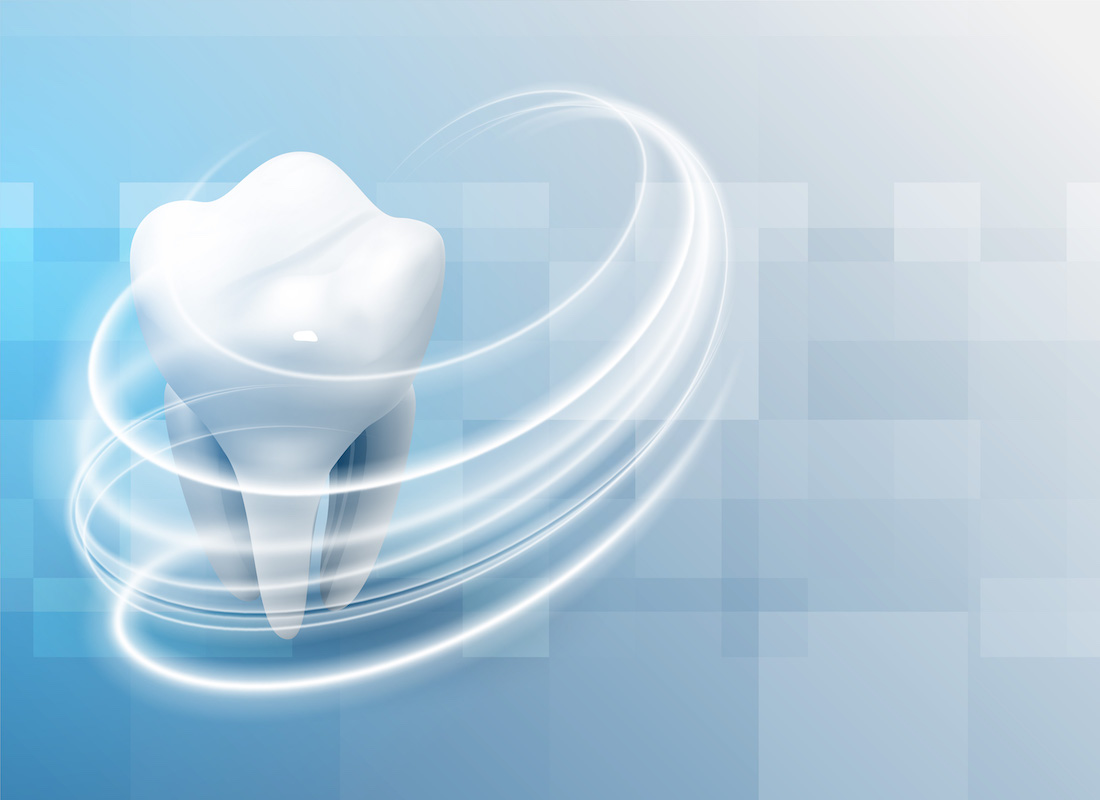Today, we will gain a comprehensive understanding of dental enamel and its growing significance in maintaining optimal oral health. Additionally, we will delve into the importance of avoiding unnecessary enamel carving.
To begin, a tooth comprises various layers of tissue, with the nerve situated at its core. This slender, petite nerve houses the tooth’s irrigation system.
The bulk of the tooth is made up of dentin, a network of micro tubes arranged in close proximity to one another. On the exterior lies the incredibly valuable dental enamel.
But what is dental enamel?
Dental enamel is the conspicuous, outermost layer of the tooth, primarily composed of hydroxyapatite microcrystals, rendering it the most resilient tissue in the human body. For dentists, enamel is akin to gold.
This blog post brings to mind a teacher whom I hold in high regard, who once said to me, “Dental enamel is like a diamond; it’s tough, translucent, and responsible for dental aesthetics. It’s invaluable, but more importantly, it doesn’t regenerate. It’s as rare as a diamond, and just as you wouldn’t damage a diamond if you found one, please don’t do that with your teeth.”
This statement has left an indelible impression on my professional life, as it highlights the significance of preserving the health of the tooth while maintaining ethical and aesthetic principles.

- 10 ways to take care of your teeth whitening
- Show off Your New Smile with Confidence: Essential Tips for Caring for Your Freshly Made Smile Design
- Shedding Light on Whitening Toothpastes: Separating Fact from Fiction
- Smile Makeover: Understanding Dental Veneers and Their Transformative Benefits
- Breaking Down Dental Fractures: A Guide to Treatment and Recovery
In this blog post, I will provide a comprehensive explanation of everything you need to know about dental enamel:
- Unlike other parts of the body that can regenerate, dental enamel does not have the capacity to repair itself. If it is lost or damaged, it is gone for good. That is why it is crucial to choose conservative treatments from ethical professionals who prioritize not only aesthetics but also the preservation of your dental health.
- Dental enamel is responsible for giving teeth their brightness and whiteness. If it is absent, the tooth appears lackluster, discolored, and more yellow than usual.
- Some individuals are born without enamel, and as a result, they experience excruciating sensitivity that necessitates early restorations and veneers. This is done not only for aesthetic purposes but also to alleviate pain and enhance their ability to chew.
- Dental enamel provides the ideal surface for bonding restorations. However, individuals who have undergone excessive carving may experience frequent detachment of veneers and resins, as the lack of enamel beneath and the inferior bonding properties of dentin can compromise their stability.
- The development of cavities is a slow process that can take a considerable amount of time, as it is challenging for them to penetrate the enamel layer. Once they reach the dentin, however, cavities progress rapidly because dentin is more easily consumed. This is why some patients may have a small visible cavity but an extensive cavity detected on an x-ray, as the caries was unable to penetrate a significant portion of the enamel, resulting in a small visible hole.
- The initial stage of cavities is indicated by white spots appearing on the enamel. To address these spots, dentists usually recommend the application of topical fluoride or, in some cases, microabrasion of the enamel using specialized materials to remove the spots, all while taking the utmost care to preserve the dental enamel.
- By employing do-it-yourself methods such as lemon, baking soda, activated charcoal, and various other acid and abrasive materials on the enamel, individuals are merely causing harm to it, which may have long-term consequences. As previously stated, enamel does not regenerate, and as a result, it can be irreversibly damaged over time.
- To maintain dental enamel, it is recommended to undergo regular check-ups every 6 months and avoid excessive teeth whitening or cleaning. Soft-bristled toothbrushes and non-whitening toothpaste should be used to prevent abrasion that can weaken the enamel over time, similar to how bleach can disintegrate a white shirt when left too long.
At our clinic, we prioritize conservative dentistry as it helps us preserve dental enamel while achieving perfect and aesthetic smiles. We believe that it is possible to have both, and one does not have to come at the expense of the other.
We often receive questions regarding smile design and dental carving. However, at our clinic, we prioritize preserving dental enamel to the maximum extent possible. Many people believe that dental carving is necessary for smile design, but we have found that it is not always the case. In fact, resin bonds even better to enamel than to dentin, so it is possible to achieve a beautiful smile without any carving at all. The key is to have a solid plan in place that takes into account the tooth’s shape and size, while also avoiding any designs that could cause gum inflammation.
It’s important to note that not all dental carving is bad. Dental enamel is typically around 2 mm thick, so carvings that do not exceed this thickness can still preserve enamel. In some cases, more complex designs may be required that involve ceramic materials. These materials are quite hard and are made in a laboratory, which means they require minimal carving to prevent them from fracturing during installation. Ultimately, our goal is to provide our patients with beautiful, healthy smiles that are built to last.

